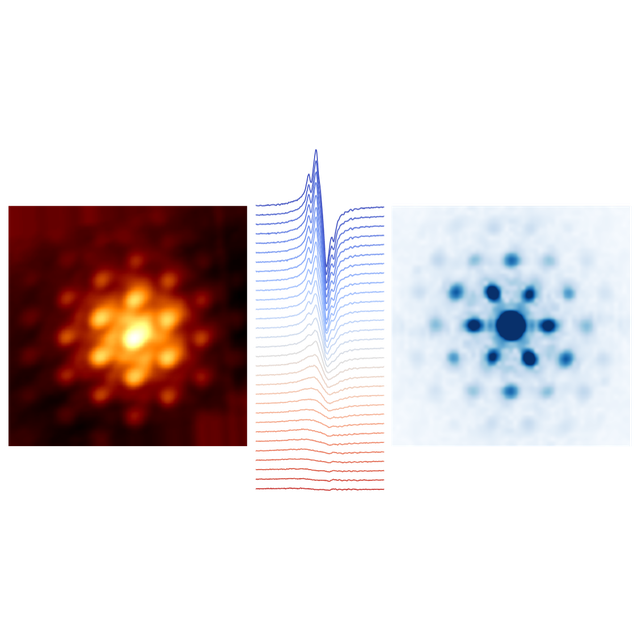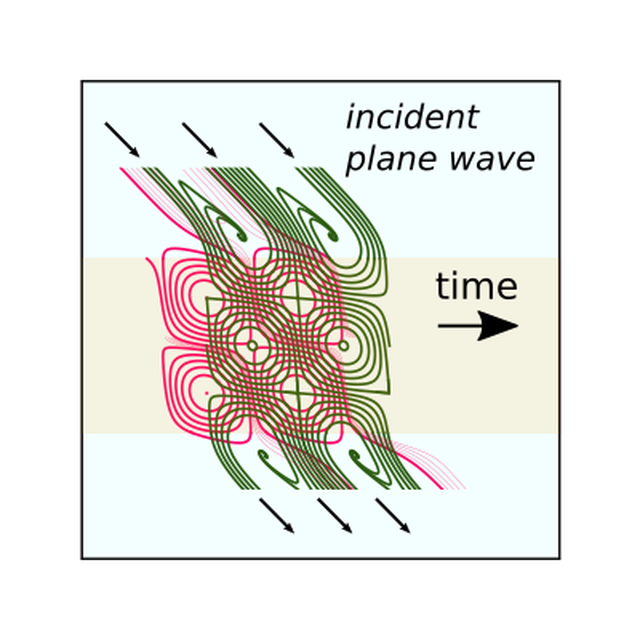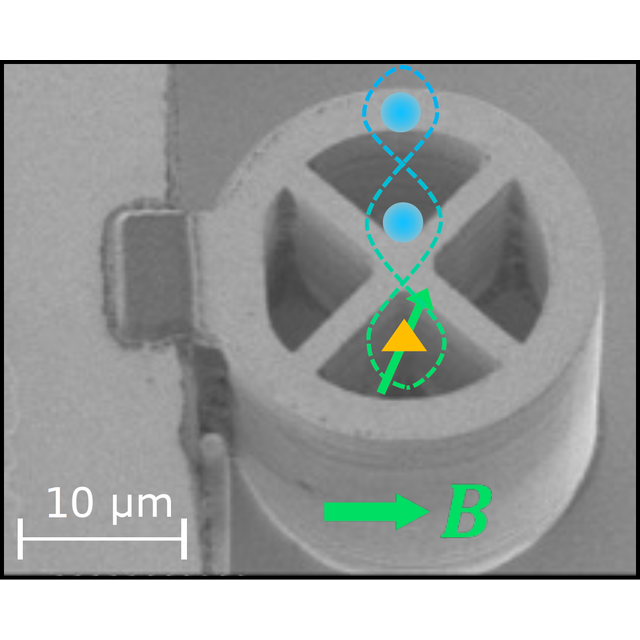In semiconductors, the identification of doping atomic elements allowing to encode a qubit within spin states is of intense interest for quantum technologies.
In zinc-blende semiconductors, the large spin-orbit coupling leads to spin mixing and loss of spin coherence. In contrast, in 2H-transition metal dichalcogenides (TMDCs), the combination of strong spin-orbit coupling and multiple valleys in the band structure provides protection against relaxation and decoherence. Indeed, due to the horizontal mirror symmetry of the crystal structure, the spin remains a good quantum number even in the presence of strong spin-orbit coupling. Furthermore, the electronic states are characterized by a valley index locked to the spin index. This reduces the sensitivity of the spin to scattering processes because spin and valley indexes must change simultaneously. For this reason, numerous theoretical works have considered the spin-valley states hosted within 2H-TMDCs for encoding Qubits.
We present a study of substitutional Bromine BrTe dopant in bulk 2H-MoTe2. Electron spin resonance measurements show that this dopant carries a spin with long-lived nanoseconds coherence time. Using scanning tunneling spectroscopy, we find that the hydrogenic wavefunctions associated with the dopant levels have characteristics spatial modulations that result from their hybridization to the Q-valleys of the conduction band. From a Fourier analysis of the conductance maps, we find that the amplitude and phase of the Fourier components change with energy according to the different irreducible representations of the impurity-site point-group symmetry. These results demonstrate for the first time that a dopant in TMDCs can inherit the locked spin-valley properties of the semiconductor and so exhibit long spin-coherence time.
Because these measurements were performed on bulk crystals, we believe that the nanosecond spin coherence time is limited by inter-layer hopping. Thus, this result has motivated ongoing STM and ESR studies on atomic monolayers of 2H-TMDCs, doped with different halogen elements, where the protection afforded by spin-valley locking is expected to reach its full potential.
References
Hydrogenic Spin-Valley states in Bromine-doped 2H-MoTe2
V. Sheina1, G. Lang2, V. Stolyarov3, S. Marchenkov4, S. Naumov4, A. Perevalova4, J.C. Girard1, G. Rodary1, C. David1, L.R. Sop1, D. Pierucci1, A. Ouerghi1, J.L. Cantin5, B. Leridon2, M. Ghorbani-Asl6, A.V. Krasheninnikov6, H. Aubin1
Communications Physics 6, 1–11 (2023)
DOI : https://doi.org/10.1038/s42005-023-01244-7
Affiliations
1 Centre de Nanosciences et de Nanotechnologies, Université Paris-Saclay, France
2 Laboratoire de Physique et d'Étude des Matériaux, ESPCI, Paris, France
3 MIPT, Moscow, Russia
4 M.N. Mikheev Institute of Metal Physics, Ekaterinburg, Russia.
5 INSP, Sorbonne-universités, Paris, France
6 Institute of Ion Beam Physics and Materials Research, Dresden, Germany
Contact : Hervé Aubin
Legend : Left panel) Topographic STM image of an BrTe dopant in 2H-MoTe2. Middle panel) Electron spin resonance spectrum of an ensemble of dopants as function of temperature. Right panel) 2D Fourier transform of the STM image.









